We plant crocuses in open ground and learn to care for them
There is something mysterious and touching in the picture, which can be observed with the arrival of spring, when, right from under the snow, the fragile stems with delicate buds of primroses are pulling towards the sun. It causes delight, surprise and a storm of positive emotions, which is why crocuses are so loved by gardeners: planting and caring for them does not take much effort and does not require special costs, and the result is inspiring. Breeding of these bulbous flowers at home is also popular.
Requirements for soil and site
For planting crocuses in the garden, it is advisable to choose an open area that warms up well and is illuminated by the sun. But growing them outdoors will be successful in the shade of deciduous trees. At the beginning of spring, when the time of flowering for crocuses comes, their branches will not yet be covered with dense foliage and will not block the light from the plants that they need. In heavily shaded places: under coniferous trees, near the walls of various buildings, the development of perennials slows down. They form fewer buds, which also do not bloom completely. The natural habitat for crocuses is meadows, where perennial grasses are found in abundance next to them. This makes it possible to plant them on the site next to ornamental plants of medium height: peonies, ivy.
Primrose bulbs are demanding on the level of soil moisture. So that crocus cultivation does not end with their rapid decay and death, it is important to choose a dry, well-drained area for them. You can determine a place suitable for flowers by meeting 2 requirements:
- moisture does not stagnate on it after melting snow or rains;
- groundwater is located far from the surface of the earth.
Loose soils are ideal for crocuses, providing their bulbs with free access to air and moisture and rich in nutrients. Light loams are well suited for them. It is impossible to call a culture demanding in terms of soil quality. It can also be grown on depleted soil. Some hybrid varieties of crocuses are successfully bred in areas with dense clay soil.
The prerequisites for the full development of flowers are a neutral soil reaction and good drainage. If you plant plants in acidic soil, lime, dolomite flour, ash, chalk are preliminarily introduced into it. They will help optimize the content of hydrogen ions in the earth and create favorable conditions for the development of crocuses.
Advice
Dense clay soil before placing the bulbs in it must be made more porous by adding coarse river sand, well-rotted compost or fine gravel.
You can enrich the soil for flowers by digging it up with organic fertilizers. Compost, rotted manure, peat are suitable for this.
Landing features
Crocus planting in open ground, depending on their variety, can be carried out in summer or autumn. If the flowering period of a plant falls in the spring, its corms are placed in the soil in September. The depth of the hole depends on the structure of the land on the site. When planted in loose soil, it is equal to 2 bulb diameters. In a situation where the soil in the garden is dense and heavy, the depth of the hole is made equal to 1 diameter. A drainage layer of gravel, coarse river sand, broken brick, crushed stone or pebbles is laid on its bottom. If the selected crocus variety is afraid of moisture, the beds for it should be made high.
Plant the bulbs at a distance of at least 7-10 cm from each other. They are carefully examined beforehand, rejecting damaged and diseased ones.Growing crocuses will require regular transplants, which are carried out every 3-5 years. During this time, a lot of children appear on the bulbs, and the flower bed begins to resemble a lawn completely covered with flowers. Therefore, it is better to initially plant the plants at a significant interval. After placing the bulbs in the ground, the beds are watered abundantly.
If a crocus variety is chosen for breeding, the flowering period of which is in the fall, they are planted until mid-summer. Then their delicate buds will bloom in September or October. The cultivation of such varieties has its own specifics. It is not recommended to plant them in open ground with recruited or already opened buds. Otherwise, the chances of successful establishment of the plant are negligible.
Advice
If the crocus with buds wilted after being placed in the ground, it is necessary to cut off the withered foliage and flowering stem from it. He will release new ones next year. However, the plant will fully bloom only after 2 years, when its bulb has accumulated enough strength.
Secrets of forcing crocuses
You can also admire the graceful crocus buds in winter. They feel comfortable at home, while caring for them in a pot is not at all difficult. Dutch plant varieties with large flowers are ideal for forcing. Their bulbs are carefully examined, selecting approximately the same size.
For crocus cultivation at home, it is better to use shallow but wide containers. 5-10 bulbs are planted in them, depending on the size of the pot. The soil is poured into it neutral, light, porous, well permeable to air and water. Drainage is laid at the bottom of the pot. When planting crocuses, this element is required both in the garden and at home.
When the bulbs fade, they do not stop caring for them. They need to be watered and fertilized. For top dressing, complex mineral compositions intended for indoor plants are usually used, dissolving them in water in a smaller proportion than indicated by the manufacturer. They begin to gradually reduce watering at home when yellowness begins to appear on the leaves of the crocus. After they are completely dry, the bulbs are removed from the pot and the remaining soil is carefully removed from them. Then, wrapped in a clean napkin, they are placed in a cardboard box, which is placed in a dark and dry place. The bulbs are stored there until the beginning of autumn, and with its arrival it is time to plant them in the garden.
Agricultural rules
Crocus care in the open field will not take much time. They practically do not need watering. It will be necessary to moisten the soil in the beds only when there was no snow in winter and rain in spring. The amount of water received by the bulb affects only the height of the plants; in general, they tolerate drought well. In the summer, watering crocuses is even harmful; in the resting phase, dry soil is preferable for them.
The essential elements of flower care include:
- top dressing;
- regular loosening of the soil;
- weed removal.
During the period of active growth, the plants need to be fed. Fresh organic fertilizers are contraindicated for them, their introduction can provoke various diseases. They are fed only with mineral compounds. Of these, it is better to choose those that contain a lot of phosphorus and potassium and little nitrogen. Its excess in the soil stimulates active growth on the flowers of excess leaves, which can cause fungal diseases to strike them. It is especially dangerous in wet weather. It is permissible to use peat or manure for soil enrichment, but only completely rotted.
It is recommended to carry out two dressings. The first is carried out in early spring, while the snow has not yet melted, scattering complex fertilizer over it. The second time crocuses are fed when 14-21 days have passed since the beginning of their flowering, using preparations with a minimum nitrogen content. During this period, plants especially need potassium. It helps their bulbs to develop into high quality and healthy planting material.After the foliage on the crocuses turns yellow, they are left alone until the end of the season.
Crocuses are wonderful plants, which are one of the first to fill the garden with bright colors and give a charge of positive emotions after long dull months filled with snow and cold. The very embodiment of spring, they look spectacular on the alpine slides, giving them a unique charm. It will be impossible to look away from the magnificent living carpet if you plant them in dense canvas on a flower bed or lawn. And growing them in pots at home will allow you to admire the magnificent flowering in winter.
In addition to high decorative qualities, crocuses are surprisingly unpretentious, even an amateur who has no experience in gardening can cope with their planting and reproduction. They only need minimal care in the form of top dressing, loosening the soil and weeding. Plant crocuses on your property and you won't regret your decision for a minute!
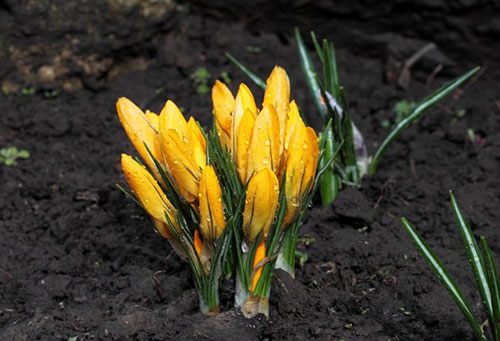
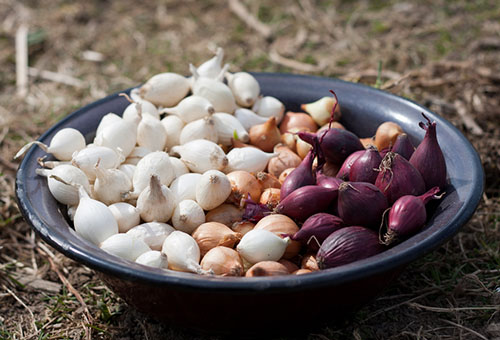
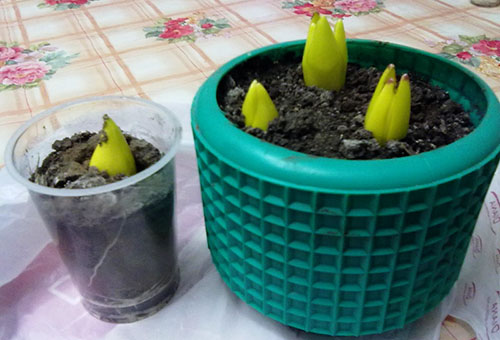
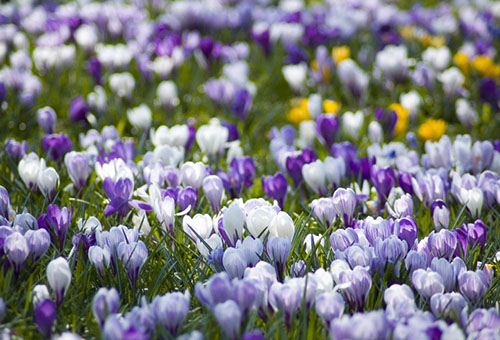
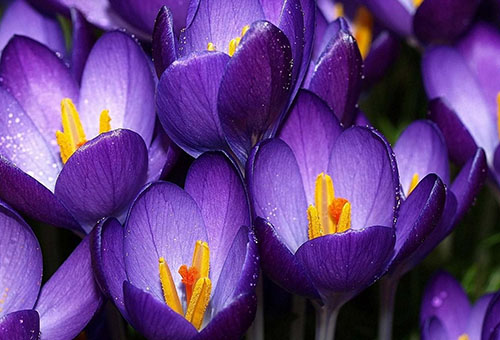
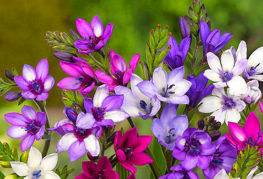
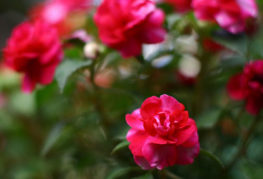
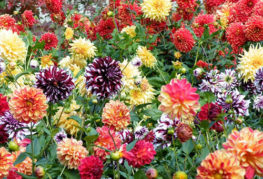
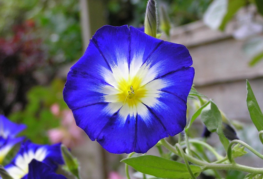


and will be published shortly.